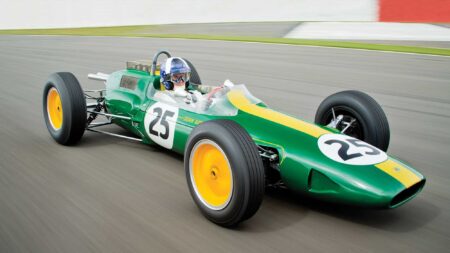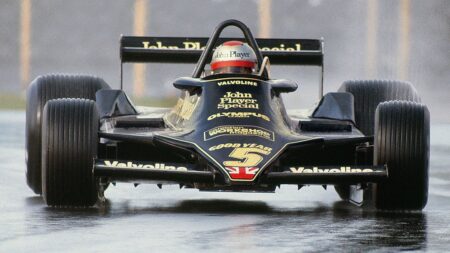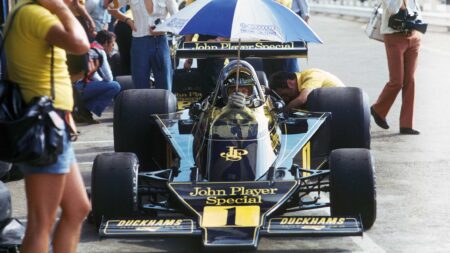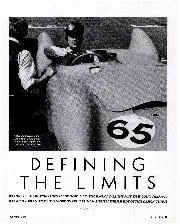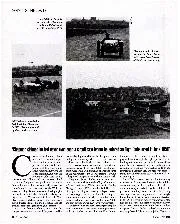However, Rudd’s summary mid-season ’69 dismissal from BRM meant he was snapped up by Chapman for Group Lotus, while Peter Wright had followed him there after a spell running racing body company Specialised Mouldings’ wind tunnel. The 1969 wing car notion had been junked by BRM, but although Wright had eventually rejoined Rudd at Lotus to run its plastics research, his brilliant mind then addressed Colin’s Formula 1 wing car questions.
The first BRM concept had used stub wings sprouting either side of the central monocoque to clean up aerodynamic turbulence between front and rear wheels and perhaps find some extra download. Robin Herd followed in his 1970 March 701 design, but airflow management was not applied to close off the underwing airstream from the diffuse airflow around the car.
Wright joined Rudd and Bellamy at ‘Fawlty Towers’, as Ketteringham Hall became known, and through the autumn of ’75 this trio explored The Guv’nor’s quest to harness the car’s entire form to generate advantageous aerodynamic effect, instead of relying upon bolt-on wings at front and rear.

At that time, while every F1 designer had studied in varying depth the effect of airflow around the sides and over the top of his car, few – apart from Gordon Murray of Brabham and McLaren – had tackled proper management of airflow beneath it. Indeed, even these exceptions had tried to stop much air flowing under their cars at all.
Now the Lotus R&D group retained Charlie Prior, a first-class model and pattern maker from the Esprit team, to build quarter-scale model cars and aerodynamic devices for extensive wind tunnel testing by Wright at Imperial College, London. A wind tunnel there had a moving-belt floor which mimicked the track surface at speed beneath a car. Little such previous research had been done. Normally test models sat on a stationary surface, or were suspended in space – fine for aeronautical testing but with little relevance for land-borne vehicles.

Much attention was paid to radiator siting. Rudd recalled his Rolls-Royce aero-engine work, especially the radiator mounting of the De Havilland Mosquito – buried within ducts in the inner wings’ leading edges, with air exiting from conveniently sited ducts further back on the wing. Would similar sidepods generate download when slung either side of a single-seat racing chassis?
A model mimic section was made and tested upside down in the wind tunnel to provide negative lift. Lift/drag ratio was the vital criterion — best possible lift/least possible drag. Tony Rudd fondly remembered the message he received from Imperial College that Christmas – “The Mosquito flies”.


